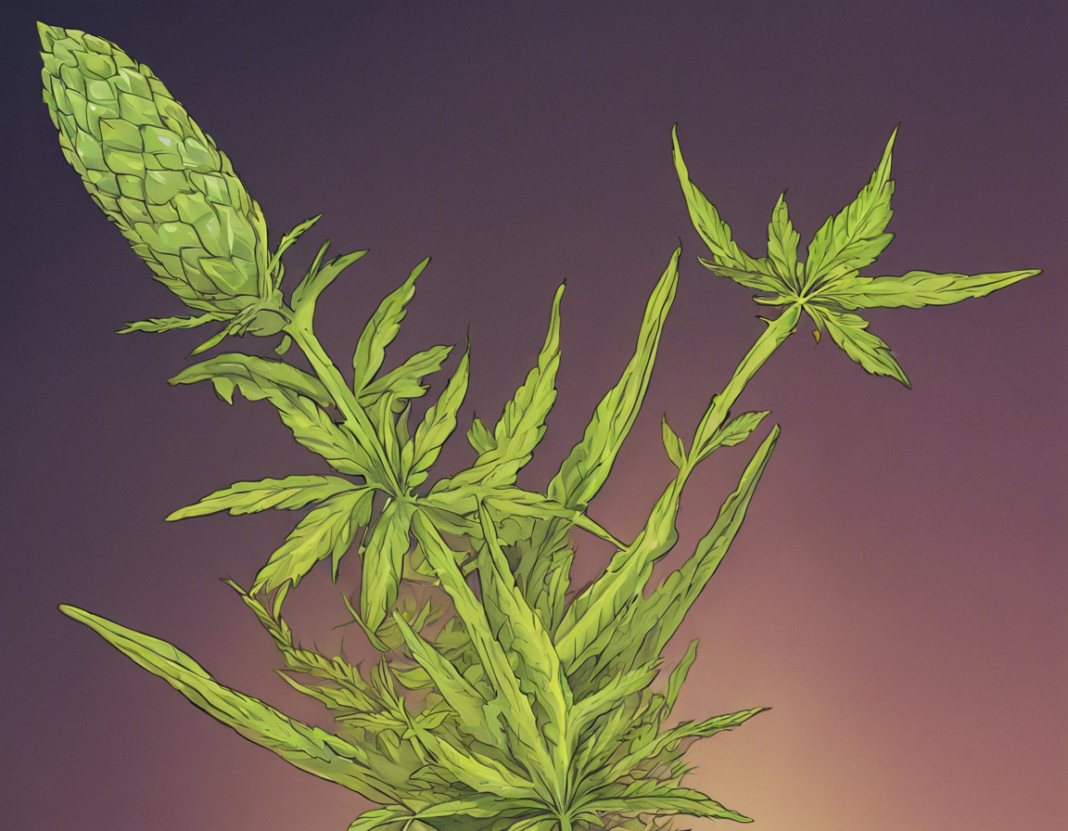Torch weed, scientifically known as Verbascum thapsus, is a common weed found in gardens, fields, and uncultivated locations across many parts of the world. Its tall stature, reaching up to 6 feet in height, and distinctive yellow flowers make it a visually striking plant. However, its prolific nature and rapid spread also make it a nuisance for many gardeners and land managers. Torch weed is a biennial plant, meaning it completes its life cycle in two years. In the first year, it forms a rosette of large, fuzzy leaves close to the ground. In the second year, it sends up a tall flower spike that can produce thousands of seeds, contributing to its persistent presence in the landscape. This article aims to provide a comprehensive guide to battling torch weed, offering insights into identification, prevention, and effective removal strategies.
Identification of Torch Weed
Before delving into removal methods, it’s crucial to be able to identify torch weed accurately. The plant has several distinctive features that can help you differentiate it from other common weeds. Here are some key characteristics to look out for:
1. Rosette of Fuzzy Leaves
In its first year, torch weed forms a basal rosette of large, velvety leaves. These leaves are often described as soft and fuzzy, with a whitish-grey tinge that can help distinguish the plant from other rosette-forming weeds.
2. Tall Flower Spike
In the second year, torch weed sends up a stout, erect stem that can reach heights of 6 feet or more. At the top of this stem, vibrant yellow flowers bloom in dense spikes, adding to the plant’s visual appeal but also signaling its reproductive phase.
3. Seed Production
Each torch weed plant can produce thousands of tiny seeds, housed in small capsules that split open when ripe. These seeds are easily dispersed by wind, animals, or human activity, contributing to the plant’s ability to colonize new areas rapidly.
4. Biennial Growth Habit
Understanding the biennial nature of torch weed is essential for effective management. By targeting the plant in its first year, when it forms the distinctive rosette of leaves, you can prevent it from reaching the flowering stage and setting seeds.
Prevention Strategies
Preventing torch weed from establishing itself in your garden or landscape is often more manageable than dealing with a full-blown infestation. Here are some prevention strategies to consider:
1. Monitoring and Early Detection
Regularly inspect your garden or property for young torch weed rosettes. By catching the plants early, you can prevent them from maturing and flowering.
2. Mulching
Applying a thick layer of organic mulch around plants can help suppress torch weed growth. Mulch acts as a barrier, preventing weed seeds from germinating and also helps retain soil moisture and regulate temperature.
3. Hand Pulling
For small infestations or individual plants, hand pulling can be an effective removal method. Make sure to remove the entire root system to prevent regrowth.
Removal Methods
When dealing with established torch weed plants or larger infestations, more intensive removal methods may be necessary. Here are some strategies to consider:
1. Digging
For mature torch weed plants, digging them out with a shovel or garden fork can be effective, especially if done before the plant sets seed. Make sure to remove as much of the root system as possible to prevent regrowth.
2. Mowing or Cutting
If torch weed has already flowered and set seed, mowing or cutting down the plants before the seeds mature can help prevent further spread. Be prepared for potential regrowth and follow-up treatments.
3. Herbicides
In cases of severe infestations, herbicides may be necessary to control torch weed effectively. Selective herbicides targeting broadleaf weeds can be used, but always follow label instructions and safety precautions.
4. Cover Crops
Planting cover crops that compete with torch weed for resources can help suppress its growth. Consider planting dense, fast-growing crops that shade out weeds and improve soil health.
FAQs (Frequently Asked Questions)
1. How did torch weed get its name?
Torch weed earned its common name due to the historical practice of using the dried stalks dipped in suet or wax as torches.
2. Is torch weed considered invasive?
While torch weed is not always classified as invasive, it can be aggressive in certain environments and outcompete native vegetation.
3. Can torch weed be beneficial in any way?
Some gardeners appreciate torch weed for its aesthetic value and use it in landscaping for its tall stature and colorful flowers.
4. Are there any natural enemies of torch weed?
Certain insects and diseases can feed on torch weed and help regulate its population in natural settings.
5. Can torch weed spread to neighboring properties?
Since torch weed produces abundant seeds that are easily dispersed, it can spread rapidly and colonize new areas if not managed effectively.

